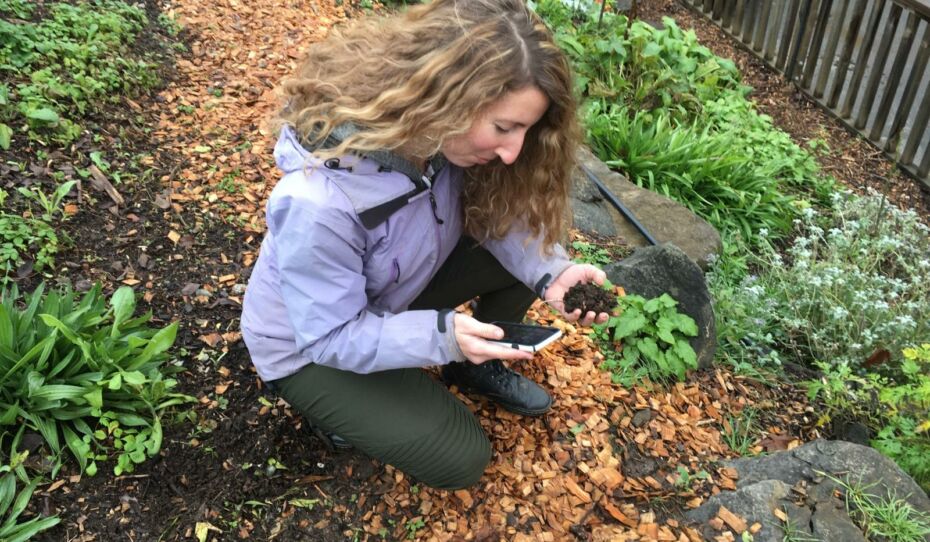
When I was a graduate student at the University of British Columbia, I became interested in exploring ways of communicating science to a wide audience. Scientific information shouldn’t be exclusive or understandable only by those with specialized training; it is important that everyone be well-informed, as it is the public who decides, by casting votes and voicing their opinions, the scientific policies that governments implement.
In a university setting, making scientific information accessible means communicating concepts and providing resources that are attuned to a range of learners (visual, auditory, reading/writing, kinesthetic) – this is called flexible learning – http://flexible.learning.ubc.c… ). Technology can play a crucial role in creating inclusive, flexible learning environments, and improve the efficacy of science education and communication.
Through IEG, I have been working with Soil Science Professor Dr. Maja Krzic, 3M National Teaching Fellow and winner of multiple teaching awards (UBC Killam teaching prize, Outstanding Associate Editor of Natural Sciences for Education, Mentoring Award by the Association of Women Soil Scientists) to develop a mobile app to help undergraduate soil science students learn how to describe and identify soil parent materials (the lower layer of soil from which the upper soil layers are formed). This app, called Digging In, will be used as an additional learning resource to enhance course curriculum. Guiding students through a hands-on activity, the app incorporates multimedia elements designed to appeal to all learning styles.
How the Diggin In app works:

Working with Dr. Krzic to develop this app has made me reflect on one of our overarching goals at IEG: to communicate our project findings in effective ways to a broad audience of clients, stakeholders and communities. This means finding creative and innovative ways of explaining our work beyond submitting required technical reports. Currently, we strive to do this by creating plain-language coffee-table-style photobooks tailored to Indigenous communities, including innovative infographics in our reports, and summarizing our findings in PowerPoint slides that accompany reports. We are also experimenting with the inclusion of multimedia components and augmented reality, as we strive to find new, innovative and effective methods of communicating the work we do.
Melissa


